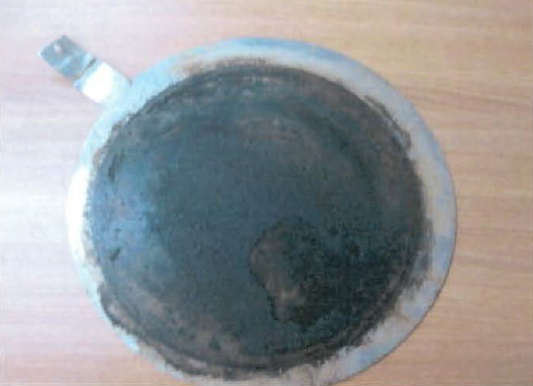Monday Accident & Lessons Learned: OPG Safety Alert #261 – WELL CONTROL COMPLICATIONS ON FIRST WELL FOR NEW DRILLSHIP
WELL CONTROL COMPLICATIONS ON FIRST WELL FOR NEW DRILLSHIP
This incident occurred whilst drilling the first well following new rig commissioning and start-up. While drilling into suspected sand, the rig experienced a kick. The well was shut in with 180 psi Shut In Drill Pipe Pressure SIDPP), 14 BBLS gained, 270 psi Shut In Casing Pressure (SICP), 12.3 PPG MW (surface) in the hole. Several attempts were made to circulate; pipe was stuck and packed off. A riser mud cap of 13.4 PPG was installed and the well monitored through the choke line (static). The well was opened and monitored to be static. The stuck pipe was freed, circulation re-established and the well was again shut it. The Driller’s Method was then used to displace the influx from the well.
During the first circulation, a high gas alarm, from the shaker exhaust sensor, initiated a rig muster. The well was shut in and monitored. The shaker gas detectors and ventilation were checked and found operable. As the well kill was re-started, mud vented from the Mud Gas Separator (MGS) siphon breaker line, and all the shaker gas sensors alarmed. The rig was called to muster a second time. The well was shut in (indications were that gas had blown through the degasser liquid seal) and monitored. The liquid seal was lost and the well was immediately shut in. The liquid seal was flushed again and well kill started up but again lost the liquid seal and the well was shut in. Further investigation of the MGS identified a blind skillet plate in the spool piece between the MGS and main gas vent line which blocked the normal path for gas flow and misdirected the gas to the shaker room. The skillet plate had been installed during construction to prevent rainwater from entering the MGS.
The blind skillet plate was removed and the well kill re-started without further incident. No injuries were reported.
 Figure 1: Blind flange located on top of vessel near deck ceiling. Not easily detected.
Figure 1: Blind flange located on top of vessel near deck ceiling. Not easily detected.

Figure 2: Removed blind flange from the 12” vent line of the mud gas separator.
What Went Wrong?
- Uncertainty about the pore pressure below base of salt resulted in the mud weight being too low to prevent an influx.
- Malfunction of the mudlogger gas sampling system during drilling operations led to unrepresentative gas unit data.
- A 12-in blind skillet plate installed in the MGS main gas vent line during rig construction was not removed before operations began.
- Personnel on the rig did not fully understand the operation of the MGS to prevent subsequent gas releases in the shaker room.
Corrective Actions and Recommendations
- Include in rig contractors’ procedures for rig acceptance, flange management procedures to ensure that temporary blanking flanges or skillets, installed during construction or commissioning, are removed prior to hand-over to operations. Verification of rig contractor’s procedures to be in operator’s practices.
- Develop detailed instructions and procedures for preventative maintenance and calibration of the surface mud logging gas detection equipment that includes daily visual inspection of the gas trap impeller. Documentation for inspection and maintenance is to be maintained on the rig.
- Include critical items provided by Third Parties in the Safety Critical Equipment list and its associated controls.
- Implement awareness training for rig crews on the MGS Operating Procedure, LEL readings, mudlog gas detection, and significance and consequence of gas releases.
Source Contact
Safety alert number: 261 OGP
Safety Alerts http://info.ogp.org.uk/safety
Disclaimer
Whilst every effort has been made to ensure the accuracy of the information contained in this publication, neither the OGP nor any of its members past present or future warrants its accuracy or will, regardless of its or their negligence, assume liability for any foreseeable or unforeseeable use made thereof, which liability is hereby excluded. Consequently, such use is at the recipient’s own risk on the basis that any use by the recipient constitutes agreement to the terms of this disclaimer. The recipient is obliged to inform any subsequent recipient of such terms.
This document may provide guidance supplemental to the requirements of local legislation. Nothing herein, however, is intended to replace, amend, supersede or otherwise depart from such requirements. In the event of any conflict or contradiction between the provisions of this document and local legislation, applicable laws shall prevail.



